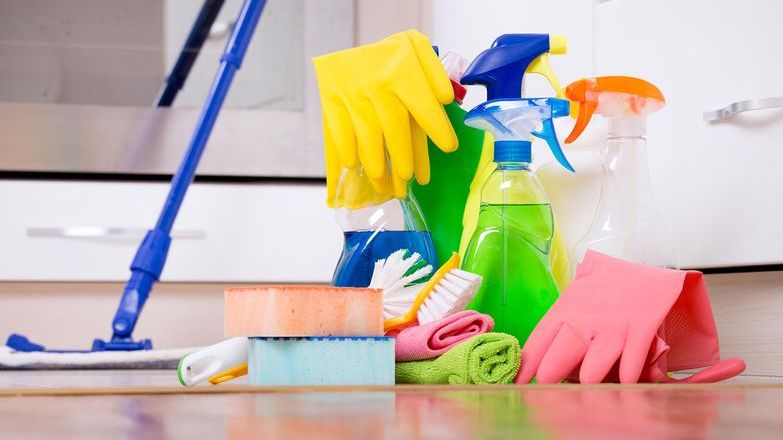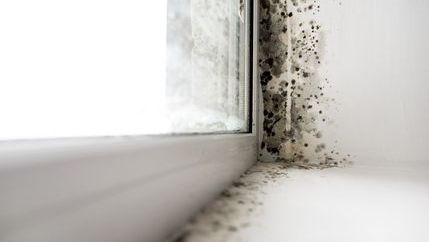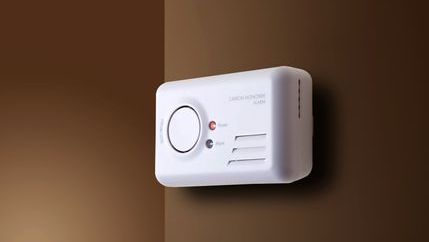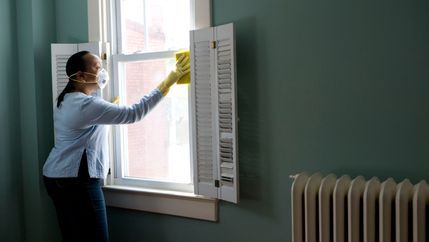
All letting agents should familiarise themselves with the new guidance
DLUHC’s publication makes clear that damp and mould are not a result of lifestyle choices and tenants should not be blamed. It is the responsibility of landlords and managing agents to identify and address any underlying causes of the problem, such as structural issues or poor ventilation. Damp and mould is one of 29 hazards assessed under the Housing Health and Safety Rating System (HHSRS, a tool used to assess risks in residential properties).
When responding to reports of damp and mould agents should:
- respond sensitively and assess the issue with urgency to identify the severity of the damp and mould and potential risks to tenants
- always tackle the underlying issue promptly, and act with urgency when concerns have been raised about tenant health. Do not delay action to await medical evidence or opinion - medical evidence is not a requirement for action
- ensure tenants are informed about the steps that will be taken to remove mould and address any underlying issues and the timeframes for the work
- prior to the removal of the mould, photograph and document the location of the mould, to help identify the source
- remove the mould, to address the health risk to tenants, using a qualified professional when appropriate
- identify and tackle the underlying causes of damp and mould, including building deficiencies, inadequate ventilation and condensation. Simply removing surface mould will not prevent the damp and mould from reappearing
- inspect the home at least 6 weeks after remedial work has been carried out, to ensure that the issue has been fixed and damp and mould have not reappeared. If damp and mould have reappeared, further investigation and intervention should be pursued
Legal standards on damp and mould in rented homes
There are several legal standards that private rental properties must meet. A lack of compliance puts tenants at risk and places the landlord or managing agent at risk of prosecution.
All privately rented homes must:
- Be free from category 1 hazards as assessed by the HHSRS (Housing Act 2004). Generally, a ‘category 1’ hazard means that an occupier of or visitor to the property may require some form of medical attention over the course of a year. Mould and dampness can cause severe respiratory infections.
- Not contain conditions prejudicial to health (Environmental Protection Act 1990). Tenants and local councils have powers to take legal action where homes contain a ‘statutory nuisance’, which includes where they are in such a state as to be prejudicial to health. To be a statutory nuisance, the damp and mould must be harmful to the health of the tenant or a nuisance.
- Be safe and healthy and fit for human habitation (Homes (Fitness for Human Habitation) Act 2018). Properties must be free of hazards, including damp and mould, which are so serious that the dwelling is not reasonably suitable for occupation in that condition. The current occupier may be taken into consideration when determining whether the property is suitable.
- Meet minimum energy efficiency standards (Energy Efficiency (Private Rented Property) (England and Wales) Regulations 2015). Privately rented homes must meet Energy Performance Certificate (EPC) band E (unless exempt). The regulations do not make reference to damp and mould, but an energy efficient property is less likely to be affected by condensation, one cause of damp and mould, provided it is adequately ventilated.
Social homes must also meet the Decent Homes Standard, and the UK Government has committed to introducing a comparable standard in the PRS as soon as possible.
Enforcing the standards
Local councils enforce standards in the private rented sector. They have a duty to take enforcement action under the Housing Act 2004 if they identify category 1 damp and mould hazards and have the power to take action for category 2 hazards. They can also take action under the Environmental Protection Act 1990 if they identify damp and mould that is a statutory nuisance.
A range of enforcement measures are available, including improvement notices, legal orders preventing use of all or part of a property or the council carrying out works and charging the landlord. Prosecution and potentially unlimited fines are possible through the Magistrates Court for failure to comply.
Support for agents
Propertymark produces a range of CPD options and useful resources for our member agents, including webinars, factsheets and training courses. Our Damp, condensation and mould in residential property factsheet gives a useful overview of the causes and treatments and points to other useful resources for tenants, landlords and agents.
The Housing Ombusdman have also produced a Spotlight on damp and mould document which agents may find useful.




